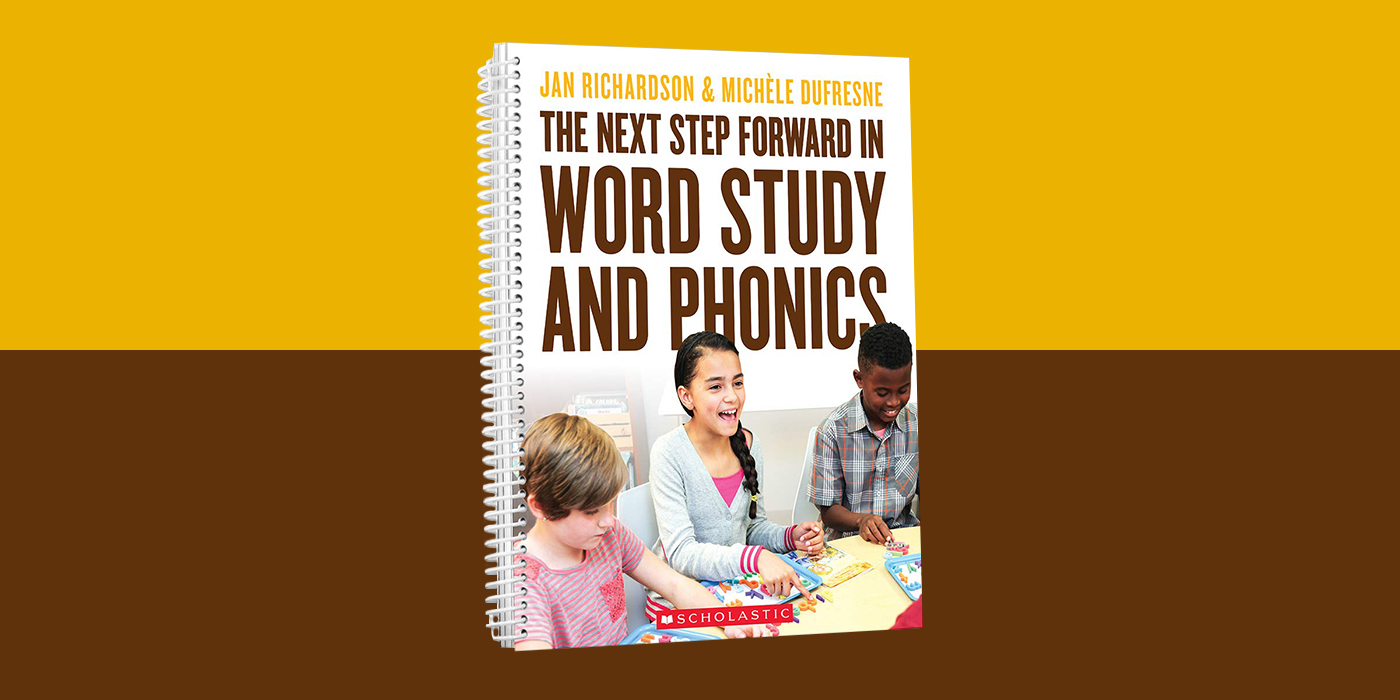In our book, The Next Step Forward in Word Study and Phonics, we present over 300 engaging, developmentally appropriate word study lessons that utilize nine different word study procedures. In this article we will describe one of the procedures, Breaking Words, and explain how to teach it face-to-face or remotely.
Breaking Words
Breaking Words improves decoding skills by teaching students how to take words apart in flexible ways. With early Breaking Words, students break one-syllable words at the onset and rime (st-and). Research shows that breaking a word at the onset and rime is a more effective and efficient way to decode a word than sounding out letter by letter (Moustafa, 1996).
After students understand how to break one-syllable words, they can begin to break words that have inflectional endings (st-ain-ed). More advanced readers learn to break words by syllable (tre-mend-ous) and by affixes and the base word (un-speak-able). Students transfer what they learn in Breaking Words to solve unknown words during reading.
Click here to watch Jan remotely teach a group of fluent readers how to break down words.
Steps to Teaching Breaking Words
1. Write a level-appropriate but challenging word on a dry-erase board. (Don’t say the word, and ask the students not to say the word.)
2. Have students make the word with magnetic or paper letters.
3. Tell the students to break the word into parts (e.g. br-ick, gl-oat-ing, pro-tec-tion).
4. Read the parts chorally.
5. Have students remake the word and read it.
6. Repeat the process with another word that has a similar feature (e.g. st-ick, fl-oat-ing, frus-tra-tion).
7. Finally, write a similar word on a dry-erase board and have students break it in their heads and read it (e.g. prick, bloating, satisfaction).
Adaptations for Remote Instruction
You can teach this activity remotely by making a few minor adjustments. Send home magnetic letters. If you don’t have the resources to send magnetic letters home, email students a page of letters they can cut apart and store in a plastic resealable bag. Another option is to have students write the letters they will need for the activity on separate sticky notes.
It is important for you to see what the students are doing during the remote word study activity. Ask them to tilt their computer screen or iPad so you can watch how they break the word.
Click here to watch Michèle do a Breaking Words lesson remotely with a group of primary readers.
The Goal of Word Study
The purpose of all word study activities is to teach students how to flexibly solve unknown words in reading and writing. The activities in our book are specifically crafted to help students learn valuable word study skills and apply those skills as they read authentic texts.
About the authors:
Jan Richardson, Ph.D., has transformed reading instruction for hundreds of thousands of teachers and students throughout North America. She works with schools and districts helping educators understand what’s needed to ensure that every student succeeds in reading. Jan’s work is informed by her experience as a reading specialist, a Reading Recovery® teacher leader, a staff developer, a teacher at every grade—K–12, and an author of numerous professional development books for teachers.
Michèle Dufresne, Ed.D., is a former Reading Recovery® teacher leader, literacy specialist and Title I Director who turned her commitment to teaching children to read into the focus of her writing, speaking, and staff development. She is the bestselling author of the Bella and Rosie series and many other K–6 fiction and nonfiction books used by teachers nationally and internationally.
